Recently, Hai Ha Medical Center (Quang Ninh) announced that it had received and successfully treated a 13-year-old patient with pustules all over his body due to self-medication with expectorants.
Previously, on March 21, the patient was admitted to the hospital with pustules all over his body. Through medical history, the patient had a respiratory tract infection, so he went to the pharmacy to buy an unknown medicine (thought to be an antibiotic).
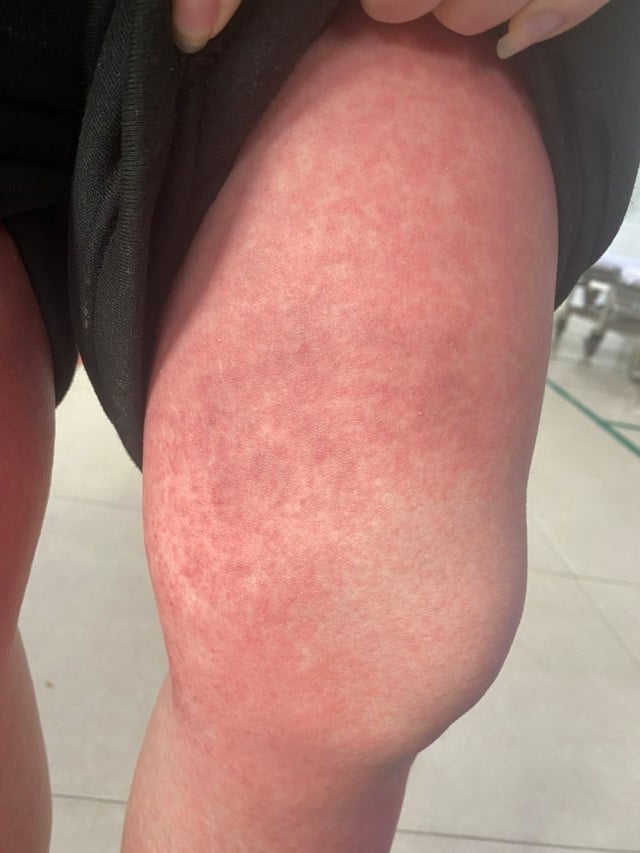
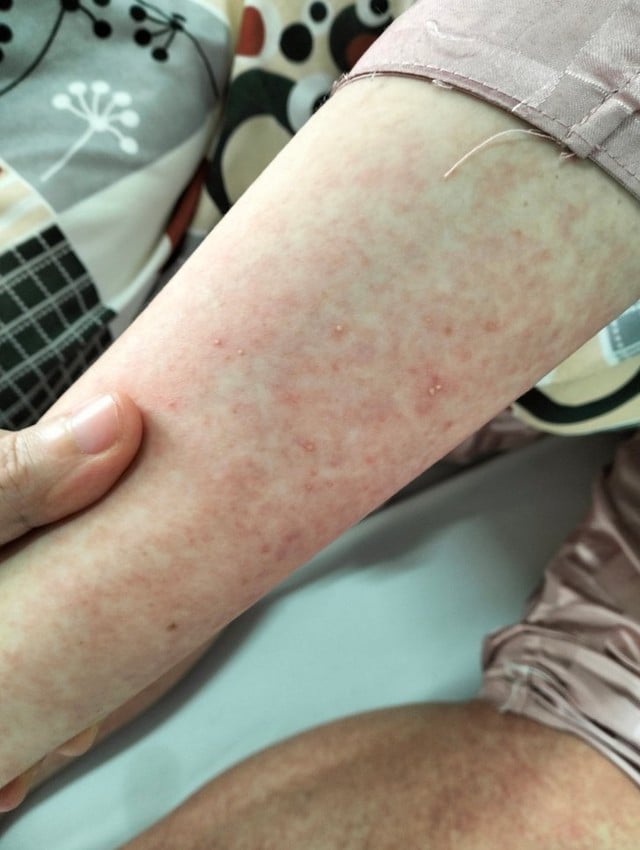
After 1 day of taking medicine for respiratory tract infection, the child has pustules all over the body.
After 1 day of taking the medicine, the child had a gradually increasing red skin patch, then the skin surface had many pustules 2-3mm in size distributed symmetrically on both sides of the skin of the head, chest, back, legs, and arms. There was no fever. There were no other signs of tongue pain, joint pain, or other underlying diseases.
After consulting a dermatologist, the patient was diagnosed with: Acute generalized exanthematous pustulosis (AGEP). He was treated with supportive care in the hospital (including fluid and electrolyte replacement), systemic and topical corticosteroids, oral antihistamines, and was counseled about the disease and did not reuse previously used medications.
After 3 days of monitoring, most of the pustules and pustules had peeled off and no new pustules appeared. The patient was discharged after 5 days of treatment.
What is an expectorant?
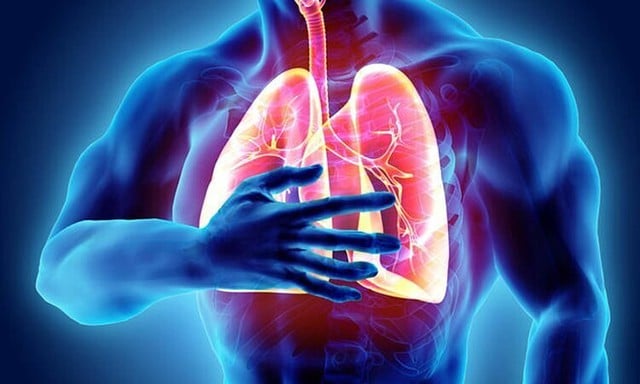
Illustration
Phlegm is secreted by the respiratory tract mucosa to maintain moisture and protect the body from invading pathogens. If respiratory tract inflammation occurs, it will cause more phlegm to be secreted, leading to symptoms of phlegmy cough, itching and sore throat.
Expectorants work by making mucus easier to clear from the airways and are commonly used for coughs that produce phlegm.
These drugs increase secretions in the respiratory tract, increase the volume and reduce the viscosity of secretions. At the same time, they increase the activity of the cilia system, facilitating the rapid expulsion of mucus from the respiratory tract. These are the active ingredients guaifenesin, ipecacuanha, ammonium salts, iodine salts, sodium benzoate, terpin hydrate...
These drugs change the structure of sputum by breaking the chemical bonds in sputum (disulphur bridges, oligosaccharides bridges) but do not increase the volume or mass of sputum, only reduce the viscosity and thickness of sputum, so that sputum is easily expelled when coughing. These are the active ingredients acetylcysteine, ambroxol, bromhexine, carbocysteine...
What complications does overuse of expectorants cause?
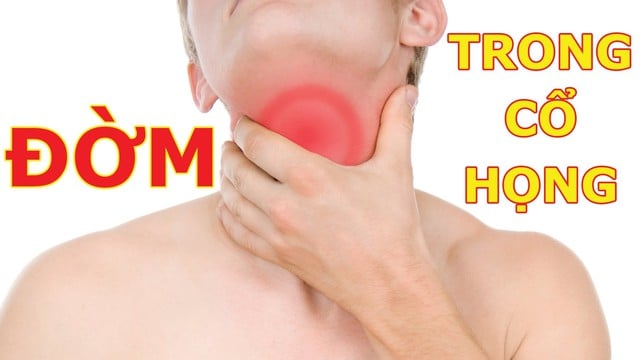
Illustration
Self-medication without medical examination and advice may not control respiratory diseases. This is the cause of phlegmy cough leading to the above symptoms recurring many times.
Expectorants also cause some unwanted effects such as:
- Expectorants: In addition to the mechanism of increasing secretion in the respiratory tract, the drug also increases gastric secretion, thereby causing stomach pain.
- Iodized salt drugs: Long-term use can cause drug accumulation. Caution should be exercised in children and patients with goiter.
In addition, other side effects of expectorants may include: digestive disorders, dizziness, headache, skin rash, nausea, vomiting, drowsiness, tinnitus...
3 things to avoid when using expectorants
- Expectorants are symptomatic drugs that only play a supportive role, so you should not use them on your own. Usually, the duration of use is 8-10 days, avoid prolonged use.
- When using expectorants, it is necessary to combine vibrating or suctioning the sputum (if necessary) so that the sputum can escape more easily.
- Patients with a history of certain medical conditions need to be careful when using the drug: asthma due to medication can cause bronchospasm, stomach disease due to medication can increase gastric secretion...
Source























































![[Maritime News] Two Evergreen ships in a row: More than 50 containers fell into the sea](https://vphoto.vietnam.vn/thumb/402x226/vietnam/resource/IMAGE/2025/8/4/7c4aab5ced9d4b0e893092ffc2be8327)








































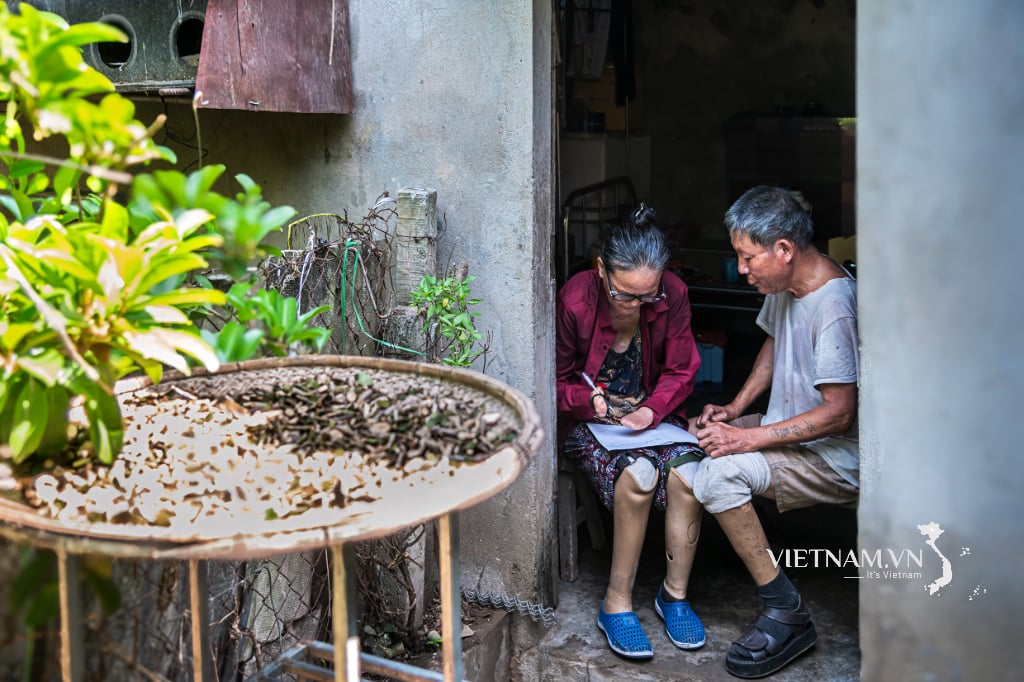

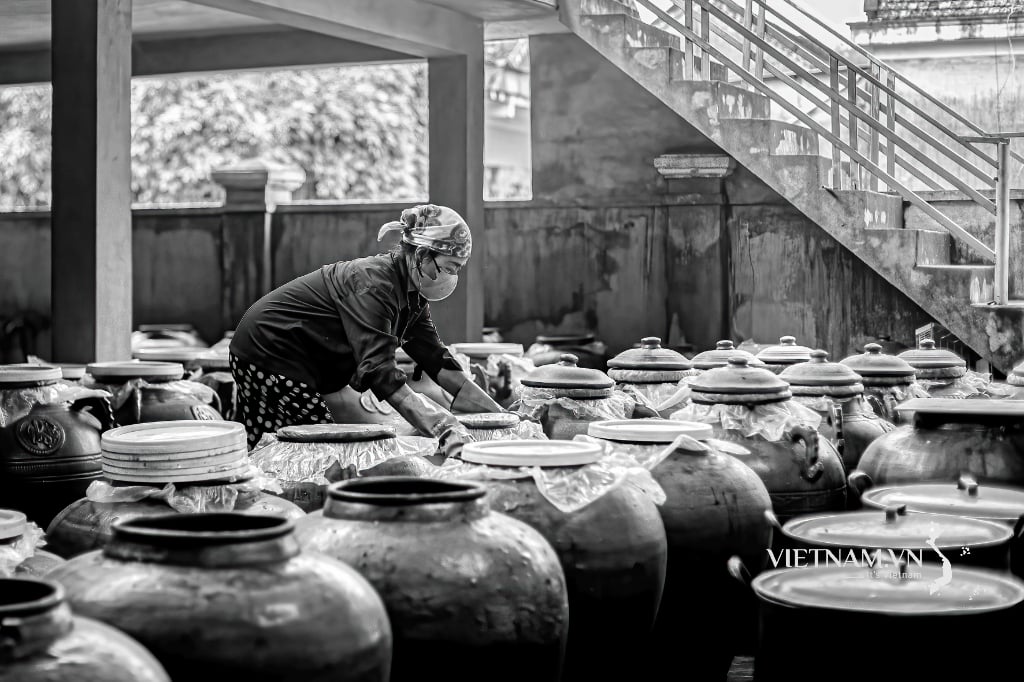

Comment (0)